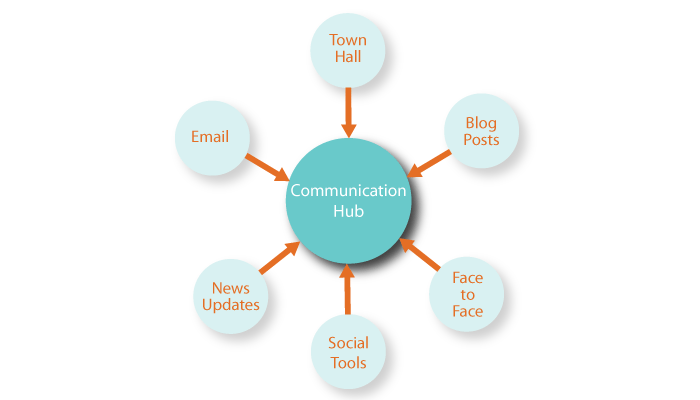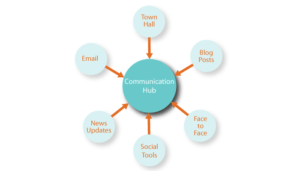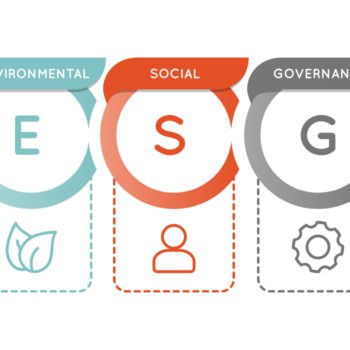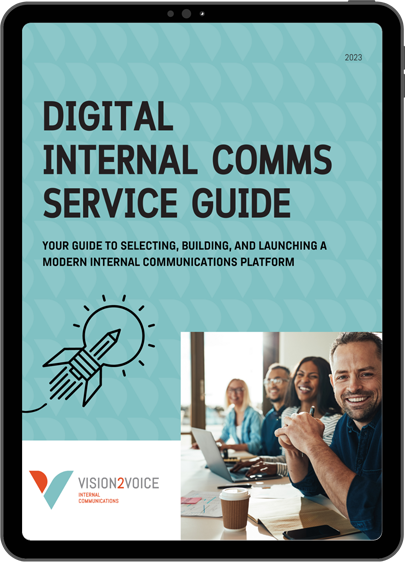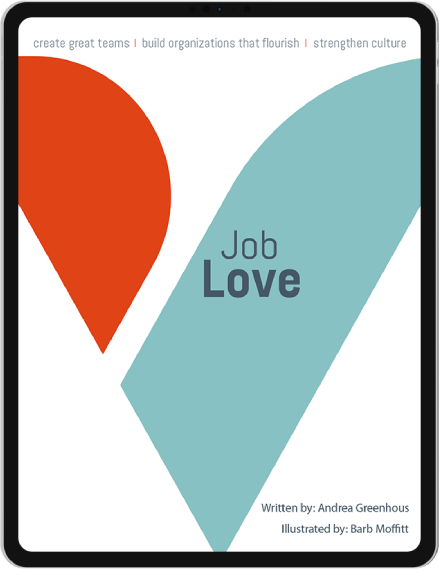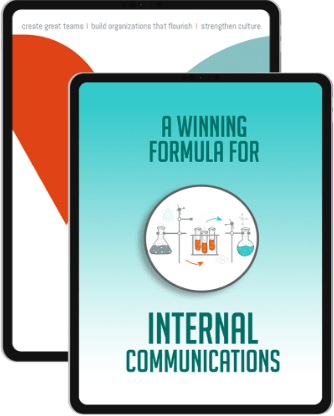Question: How many people waste time looking for information that they need to do their jobs?
Answer: Pretty much everyone!
This time wasted adds up. In fact, some estimates say that employees wasting time looking for information costs the average company with 100 employees up to $500,000. That’s half a million dollars!
I have solved a lot of communication, knowledge, quality and performance problems with a very simple solution: an information hub.
The idea of a communication or information hub is not revolutionary. In fact, some people think things like an intranet site is old school. But my work with almost every client has proven that building an information hub can be a game changer. And I am not alone in understanding the value of an information hub. Oracle, IBM, and Cisco have measured the benefit of their intranet sites at $1 billion each. The trick is to provide the content that people want and need, and to organize the information so it is easy to find and even easier to understand.
In one recent project, we were providing information related to financial procedures. Boring – right? But making sure employees understood the procedures and followed them was extremely important. We created an online communication hub with all of the information that employees needed and it was designed around how they worked. The traffic to the hub was off the charts. But the best result was that calls and emails to the people who would normally get questions dropped dramatically and when they did get questions, it was easy to point employees to the online resource.
In another project I worked on with crime scene investigators at the RCMP, we created a knowledge hub to share best practices and procedures so that these forensic experts could easily access the information they needed to do their jobs. Visits to the site increased 700% and the feedback from the field was fantastic.
Follow these steps to create a great information hub
Set clear goals: be strategic about what you want to achieve. This helps zero in on the information that is really essential because the last thing you want to do is overwhelm your busy employees with unnecessary details.
Identify your audience: understanding who will be using the hub is critical. Create employee personas and map the employee journey so you have a clear picture of your audience.
Use design thinking: Map out the functionality and content organization based on the needs of the users (see above!). This is an extremely important exercise because, at the end of the day, the information hub needs to address the specific pain points and information needs of your audience.
Layer your content: The great thing about online information is that you don’t need to drown people in details. Instead, provide the detailed information in linked documents for the employees that really need performance support or in-depth information.
A few more tips
Once you have built your hub, you need to let people know about it. All of your communications tactics should drive people to the hub. And the beauty of a hub is that your emails, town halls or other tactics can be light on details because all of the information is found in the hub. If people ignore your email, miss the town hall or simply forget (it happens), they know where to find the information they need.
It’s relatively easy to measure the effectiveness of an online information hub. Use web analytics to understand who your visitors are and their behaviour, including a comment form or a pop-up survey to help gather feedback about the hub or organize a focus group. This information will help you plan updates or new content so that your hub stays useful and relevant.
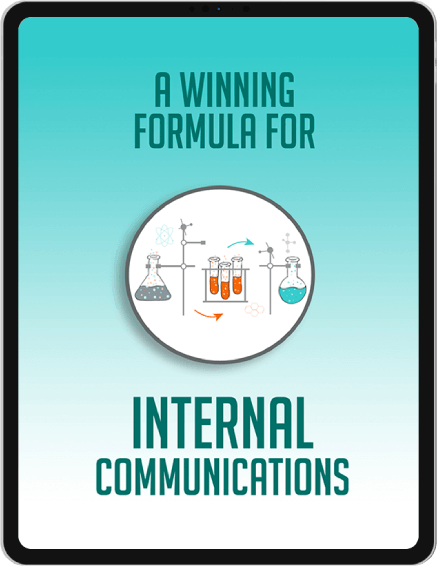
A Winning Formula for Internal Communications
Read The Free eBook
Our eBook shares our unique formula for building business culture and driving success. Find out the 3 key factors in attracting, inspiring and retaining high-calibre talent. Get your free copy when you subscribe to our newsletter. Be the first to know about new blog posts and stay up to date with industry news.
Download the ebook